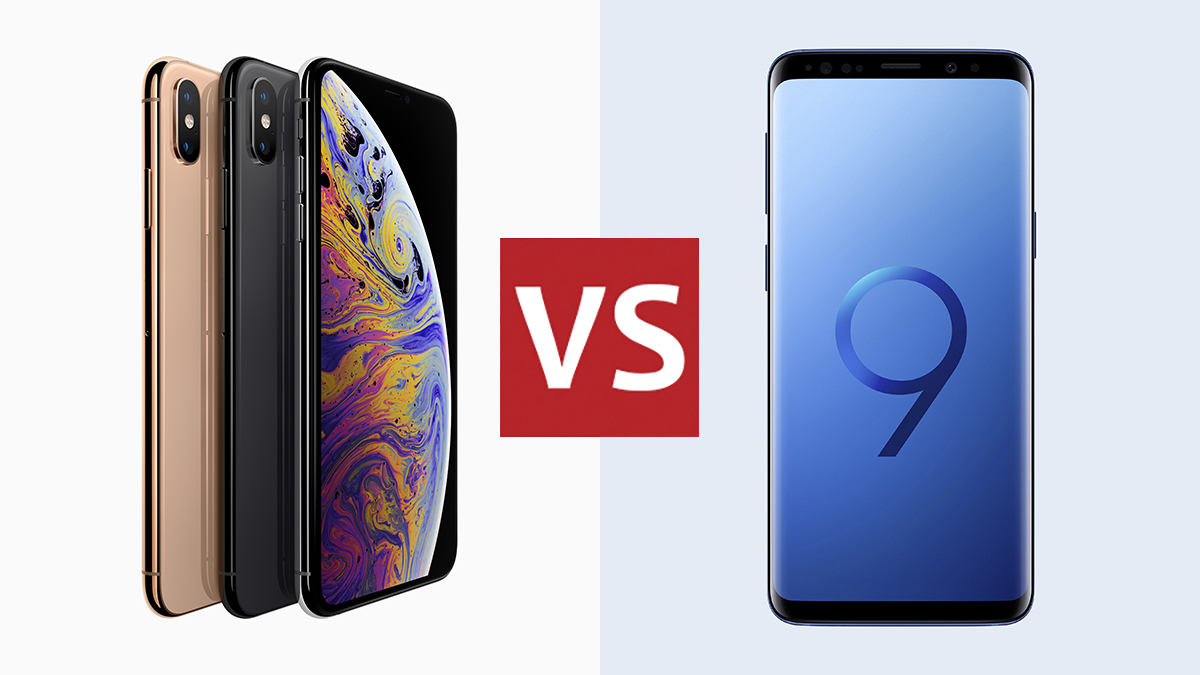

They’re The Beatles vs The Stones. Blur vs Oasis. KSI vs Logan Paul. Okay, maybe not that last one. Apple and Samsung are the reigning monarchs of the smartphone world, commanding prices and making profit margins their rivals can only dream of. Samsung brings out the big guns in the Spring and Apple in the Autumn, so you’d expect Apple’s newly launched iPhone XS to outperform the Galaxy S9 in all kinds of ways.
Does it? Let’s find out.
iPhone XS vs Samsung Galaxy S9: design
The iPhone XS doesn’t look dramatically different from the iPhone X, although this time out it’s IP68 certified for dust and water resistance. It has improved stereo speakers and no headphone jack.
The Galaxy S9 is a very good looking phone, if a little conservative: it took the familiar shape of the Galaxy S7 and refined it. The bezels got smaller and the display got bigger, with the fingerprint sensor moving to the back of the device. And unlike the iPhone, it still has a headphone jack. It also boasts AKG-tuned speakers that promise to deliver 360-degree Dolby Atmos sound from any audio source, although the limits of physics mean it can only pump out so much volume. It’s IP68 certified too.
iPhone XS vs Samsung Galaxy S9: display

Both the iPhone XS and the iPhone XS Max get OLED screens delivering 2,436 x 1,125 pixels: the iPhone XS is 5.8 inches and the iPhone XS Max is 6.5 inches. Both versions offer True Tone colour, million-to-one contrast ratios and Dolby Vision HDR 10.
The Samsung Galaxy S9 display is one of the best smartphone displays you can get: a 5.8-inch Super AMOLED certified for Mobile HDR Premium content. It doesn’t suffer from the overly vivid colours of previous Super AMOLED displays – if anything it’s a little too reserved – and it delivers a crisp and detailed picture across its 2960 x 1440 pixels.
iPhone XS vs Samsung Galaxy S9: processor and storage
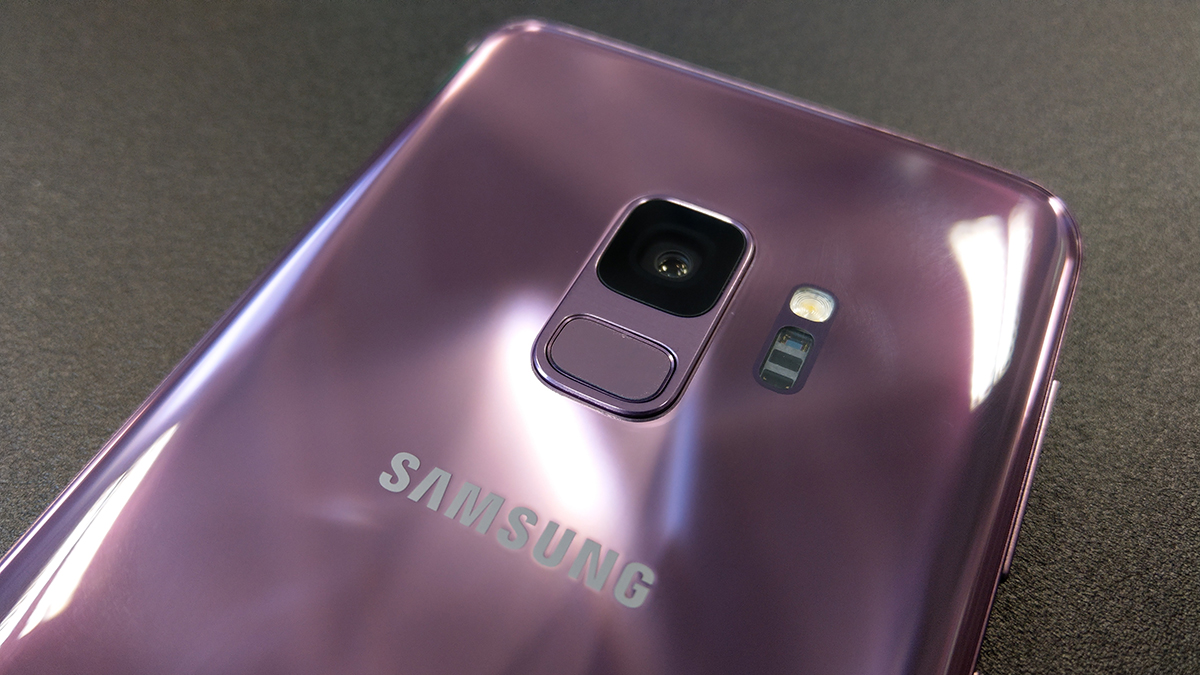
The processor is the big news in the new iPhones. The Bionic A12 processor is much faster and more energy efficient than before, with a claimed 15% performance boost and 40% lower power drain in the two performance cores and 50% less power drain from the energy efficient cores. The GPU is 50% faster than the A11 and the neural engine is up to eight cores from the A11’s two. That means an increase from 600 billion operations per second to a whopping 5 trillion: apps launch 30% faster, and the Core ML machine learning framework runs 9x faster with 1/10th of the energy consumption. It’s an incredible feat of engineering, and the first 7-nanometre processor in the industry.
Sign up to the T3 newsletter for smarter living straight to your inbox
Get all the latest news, reviews, deals and buying guides on gorgeous tech, home and active products from the T3 experts
As ever, the Samsung Galaxy S9 comes in two versions depending on where you live. In the US and China it’s powered by a Snapdragon, and the rest of the world gets Samsung’s own Exynos processor.
The Snapdragon 845 has 4 x 2.7GHz cores and 4 x 1.7GHz cores; the Exynos 9810 has 4 x 2.8GHz and 4 x 1.7GHz cores, again with 4GB of RAM. The S9 comes with 64, 128 or 256GB and supports microSD up to 400GB.
iPhone XS vs Samsung Galaxy S9: camera
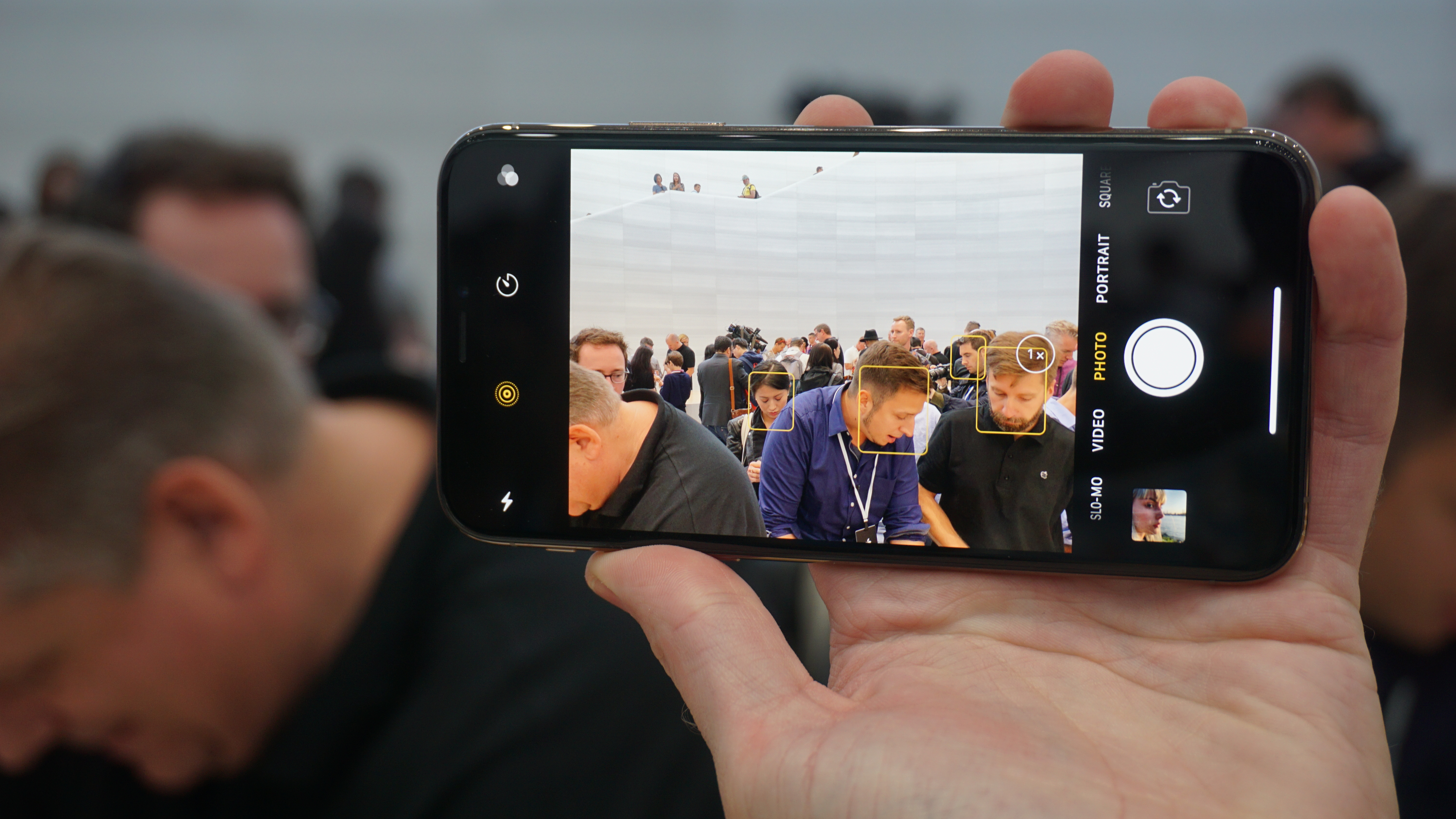
The big news in the iPhone XS isn’t a new lens or a massively improved sensor: while the 12MP sensor is marginally improved, it’s not hugely different. The big difference here is the A12 Bionic processor. It delivers DSLR-style bokeh with the ability to change depth of field after you’ve taken your shot, so you can move from f/1.4 to f/16 with a swipe. The results are astonishing, backgrounds going from pin-sharp to beautifully blurred.
There’s also a new Smart HDR feature. It uses a four-frame buffer to capture the exact moment with apparently zero shutter lag while also taking higher exposure and longer exposure shots to capture highlights and shadows. Those multiple shots are then seamlessly combined into a single image. It’s very impressive.
The A12 processor connects the image signal processor to the processor’s neural engine for improved face and body detection and scene analysis, better portrait shooting and what Apple claims to be “a trillion operations on every photo you take”.
The S9 has a 12MP “Super Speed Dual Pixel” dual-lens setup capable of f/1.5 for incredible low light shooting. It also has a clever noise reduction algorithm that combines multiple photos to identify and remove unwanted image noise.
The S9 shoots 4K at up to 60fps, 1080p at up to 240fps and a super-slow motion mode that delivers a whopping 960fps at 720p.
iPhone XS vs Samsung Galaxy S9: battery
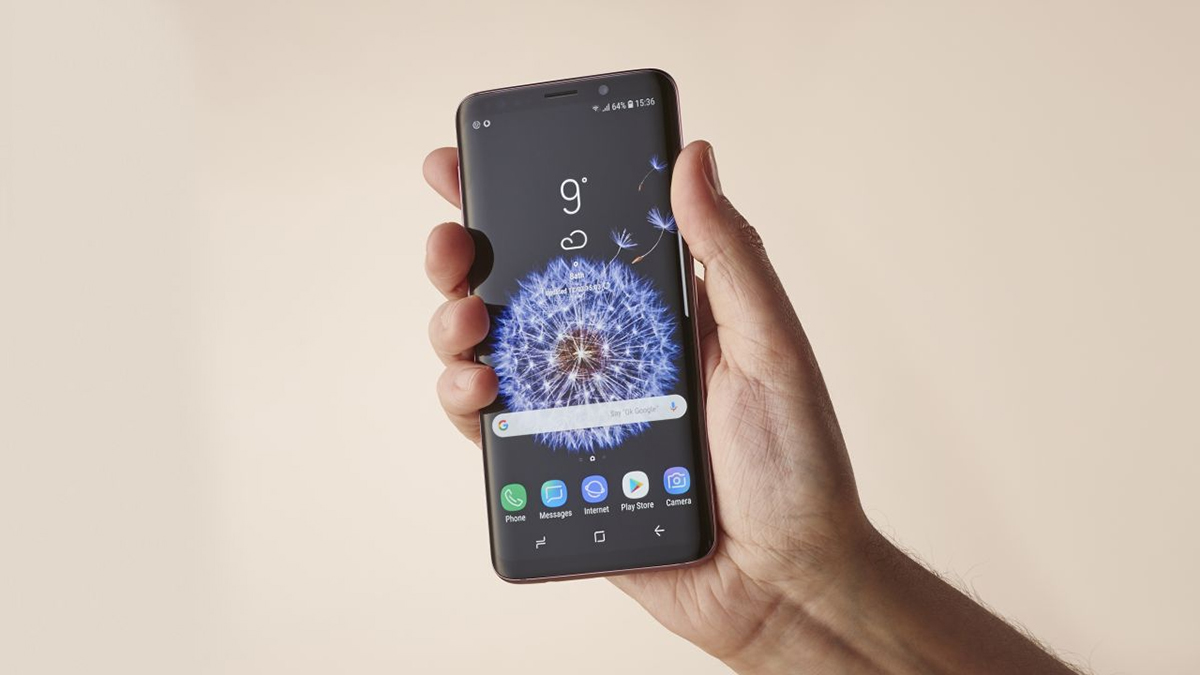
Apple doesn’t release battery stats but claims that the iPhone XS lasts for half an hour longer than the iPhone X, which has a 2,716mAh battery. It’s unclear whether the difference is a bigger battery or the more efficient A12 processor. It supports wireless charging and USB via its lightning port.
The Samsung has a 3,000mAh battery with fast wireless charging and USB-C. It doesn’t have Apple’s tight integration between the hardware and the operating system, so it can’t optimise battery performance quite as well, but you’re not going to run out of puff on a typical day.
iPhone XS vs Samsung Galaxy S9: software
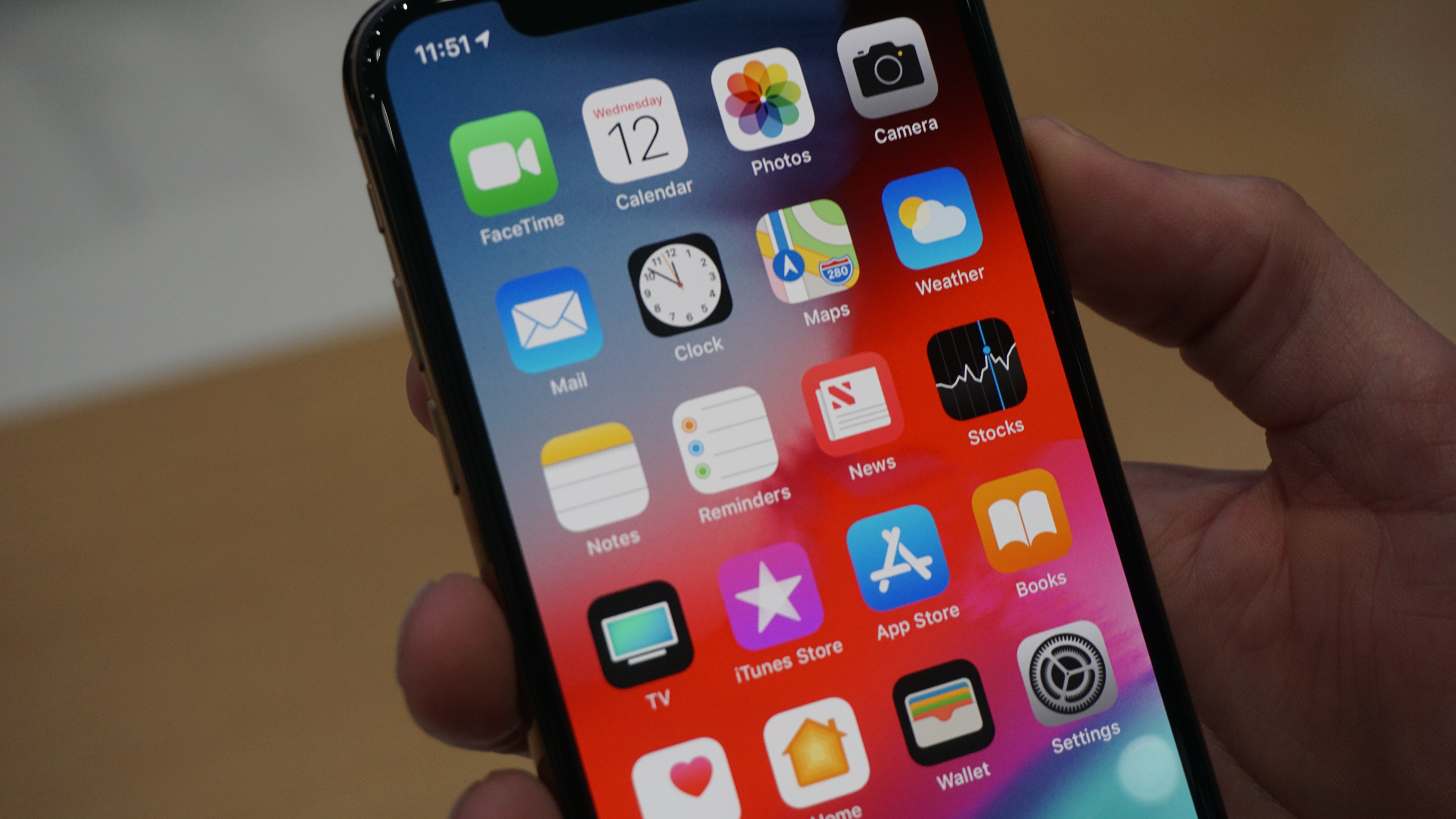
The new iPhone gets iOS 12, which offers improved parental controls, better battery management and improved notifications. It isn’t dramatically different from iOS 11, although there’s a new augmented reality app for measuring distances and Siri shortcuts (based on the Workflow app) for automating common tasks.
The Galaxy S9 software is Android Oreo (8.0) with Samsung’s own Samsung Experience skin and the Bixby personal digital assistant. Bixby delivers live translation, food calorie information and information about the places near you. It also has the SmartThings app for connecting to Samsung’s smart home devices and animated emoji, which Samsung calls AR Emoji.
iPhone XS vs Samsung Galaxy S9: overall
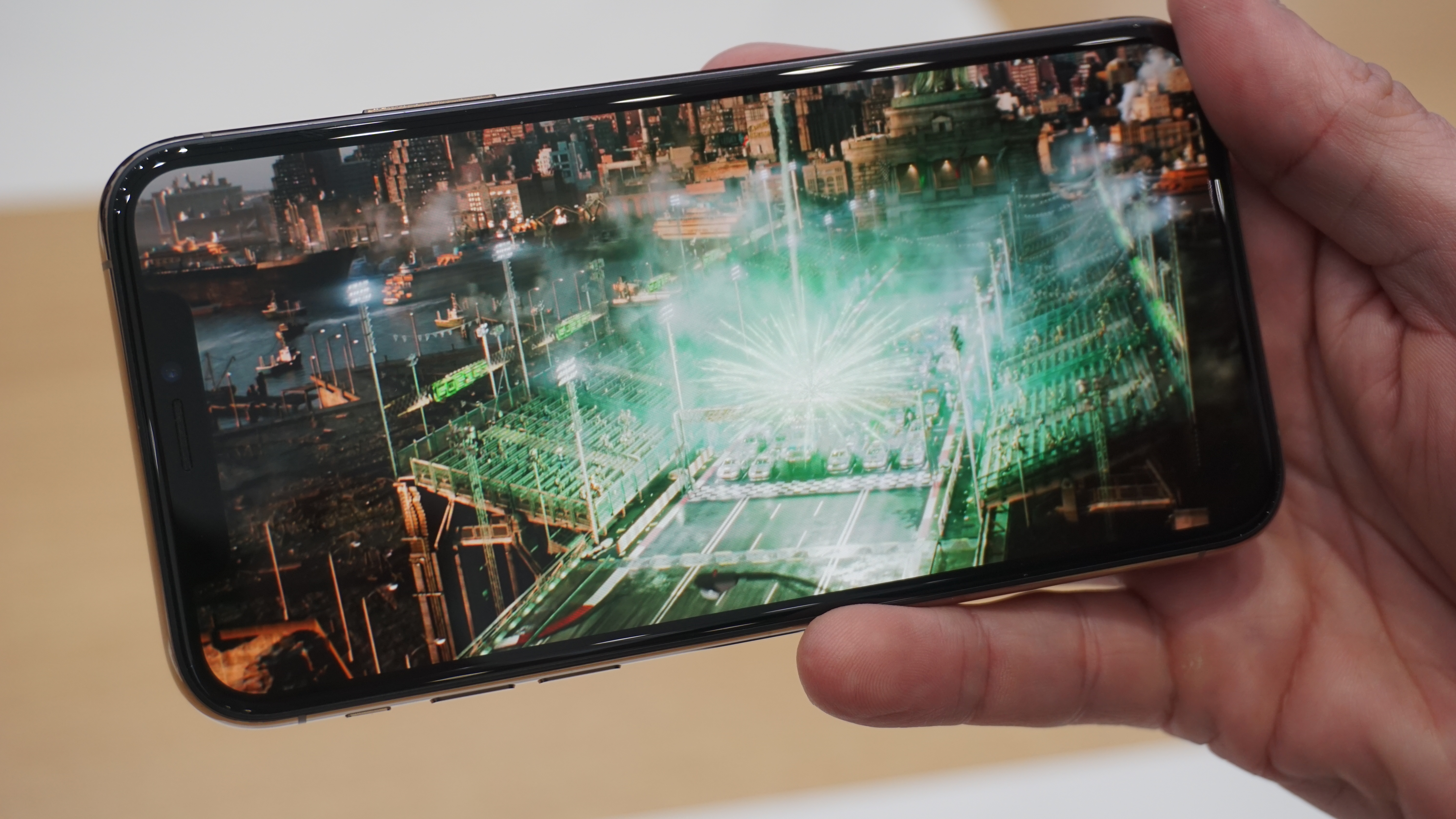
The iPhone XS clearly outguns the Galaxy on multiple fronts, particularly sheer performance: the iPhone X was already a flying machine but the XS has go-faster stripes and a huge exhaust pipe with flames coming out of it. If the camera’s as good as it appears to be it’s likely to outperform the Samsung there too.
The iPhone XS’ biggest rival isn’t likely to be the Samsung, though. It’s the new entry-level iPhone, the XR. It may only have a 6.1-inch LCD instead of an OLED, but it has the same processor and camera setup as its sibling - and at $749 instead of $999, it’s an awful lot cheaper too.
Writer, musician and broadcaster Carrie Marshall has been covering technology since 1998 and is particularly interested in how tech can help us live our best lives. Her CV is a who’s who of magazines, newspapers, websites and radio programmes ranging from T3, Techradar and MacFormat to the BBC, Sunday Post and People’s Friend. Carrie has written more than a dozen books, ghost-wrote two more and co-wrote seven more books and a Radio 2 documentary series; her memoir, Carrie Kills A Man, was shortlisted for the British Book Awards. When she’s not scribbling, Carrie is the singer in Glaswegian rock band Unquiet Mind (unquietmindmusic).
-
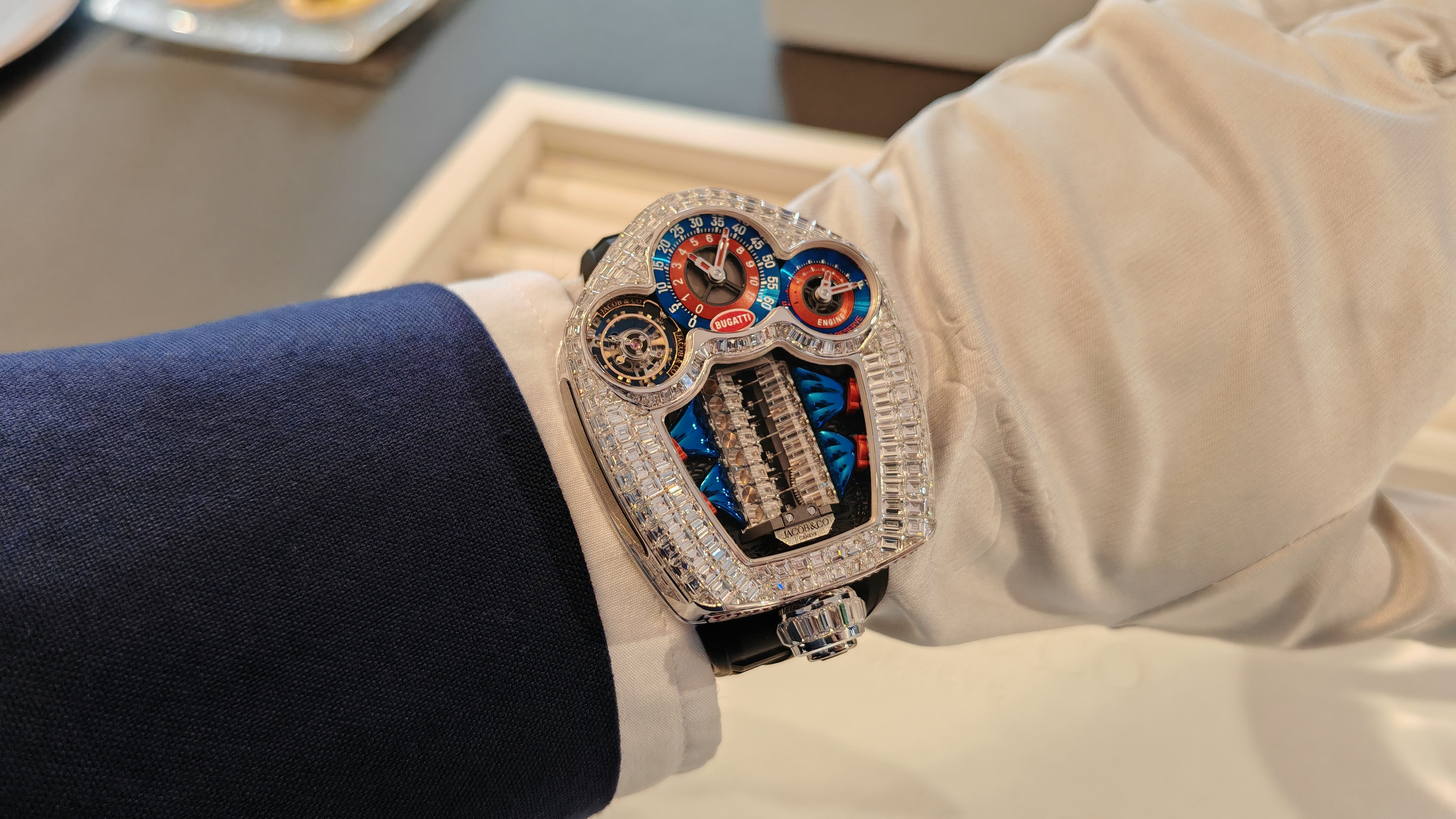 This watch costs as much as my entire street – and it's inspired by the Bugatti Tourbillon
This watch costs as much as my entire street – and it's inspired by the Bugatti TourbillonAnd I still can't help but love it
By Sam Cross
-
 Berghaus wants to be your new favourite street-to-summit brand
Berghaus wants to be your new favourite street-to-summit brandThe brand's latest Trail Collection brings the company up to speed with some of the most popular outdoor labels
By Matt Kollat